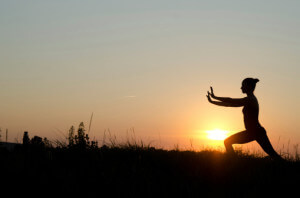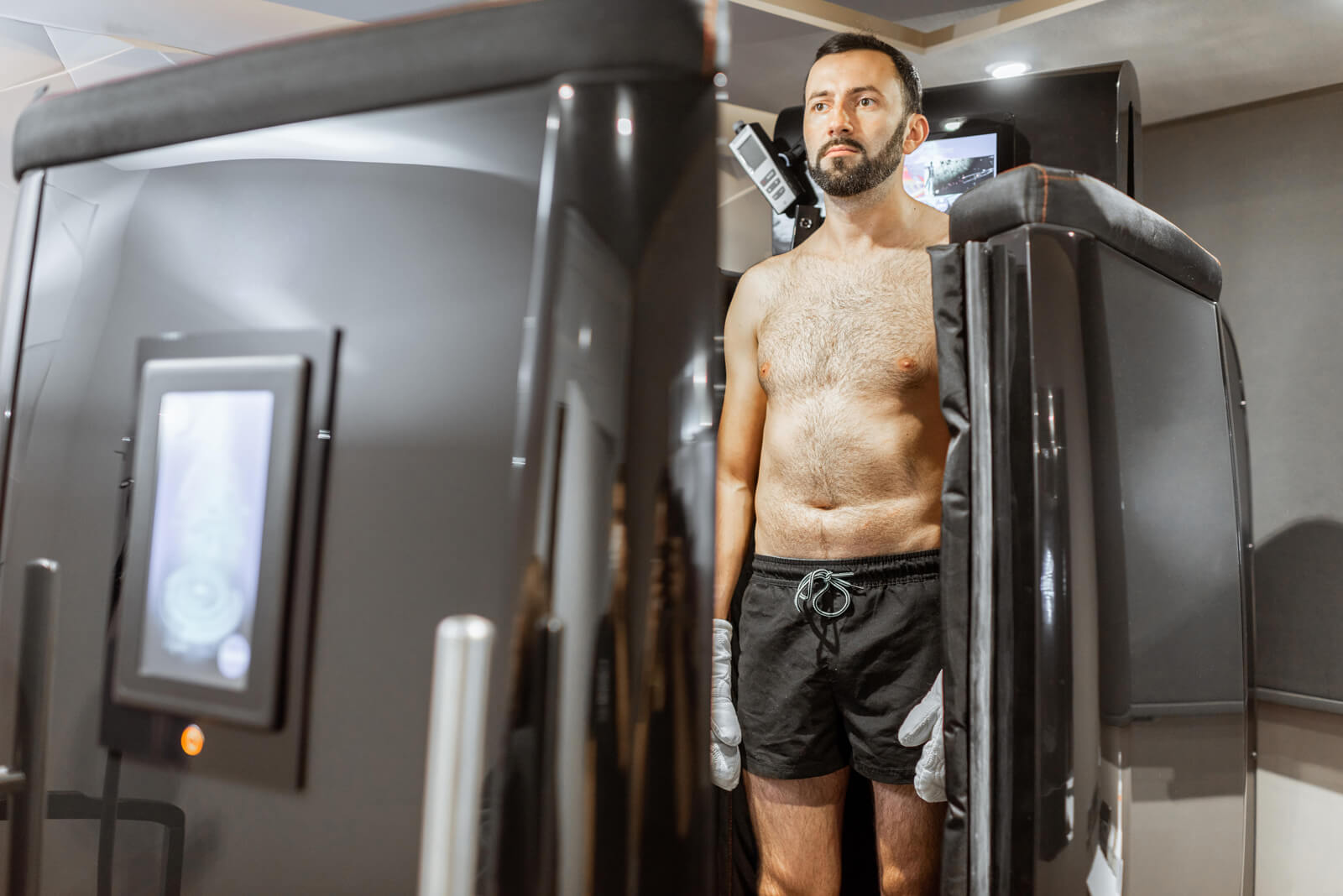Now, more than ever, training is all about balance and function (i.e., promoting a better quality of life, reducing injuries, improving reaction time, and keeping people more actively engaged in life as they age). According to American College of Sports Medicine (ACSM), by the year 2030, the number of individuals 65 year and over will reach 70 million in the United States alone; persons 85 year and older will be the fastest growing segment of the population. As more individuals live longer, it is imperative to determine the extent and mechanisms by which exercise and physical activity can improve health, functional capacity, quality of life, and independence in this population. Rates of fall incidence currently pose a serious health problem for older adults. Among those who are 65 or older, it has been estimated that 35 % to 45 % of otherwise healthy, community-dwelling adults fell at least once a year.
Decreased balance is attributable to an age-related decline in multiple physiological systems that contribute to decreased muscle flexibility and strength, reduced central processing of sensory information, and slowed motor responses (American Geriatrics Society, British Geriatrics Society, and American Academy of Orthopedic Surgeon Panel on Falls Prevention, 2010). In addition to an increased risk of falls, diminished balance and mobility may limit activities of daily living or participation in leisure-time activities. Accordingly, it is essential that balance exercises be incorporated into the physical activity programs of older adults. Poor balance is multi-factorial in origin; in particular, cognitive impairment, visual disturbances and poor reaction time increase the likelihood of falls. The components of functional training may not have a direct effect on improving health, but they often make a person more proficient in health-related fitness activities as well. For instance, power may enhance a person’s endurance for cardiovascular activities with proven health benefits. They also tend to enhance a person’s performance in sports and other general activities of daily living. Examples include the benefits of coordination and agility when playing basketball or the importance of reaction time in avoiding a potential accident while driving.
Mori, Ohtani, and Imanaka (2002) suggested that experience in training and games would enhance athletes’ karate-specific knowledge base, resulting in their superior anticipation. Functional training along with mind-body exercise such as tai chi inspired by martial arts can improve daily living and reaction time among elderly. A study conducted by ACSM enrolled 49 elderly people currently living in community homes. None of the subjects had previous experience practicing Tai Chi, although each was able to live independently and without the use of walking aids. Part of the group enrolled in a Tai Chi intervention program, while a control group voluntarily underwent a health awareness educational program. A third group of experienced Tai Chi practitioners was later involved for comparison to participants. Results after four, and then again at eight weeks of training, showed the Tai Chi exercise group performed significantly better than the control group during balance tests. Further, researchers found the Tai Chi beginners had similar balance control when compared to the experienced practitioners as early as four weeks into the program. This finding suggests a month of intensive Tai Chi training was sufficient to significantly improve balance control of the elderly subjects.
References
The American College of Sports Medicine (ACSM). (2004). Tai Chi training improves balance control in elderly. Medicine & Science in Sports & Exercise, (Vol. 36, No. 4, pages 648–657) Retrieved from http://www.acsm.org/AM/Template.cfm?Section=Home_Page&template=/CM/ContentDisplay.cfm&ContentID=4226
American Geriatrics Society and British Geriatrics Society. (2010). Panel on prevention of falls in older persons. American Geriatrics Society. Retrieved from http://www.americangeriatrics.org/files/documents/health_care_pros/JAGS.Falls.Guidelines.pdf






